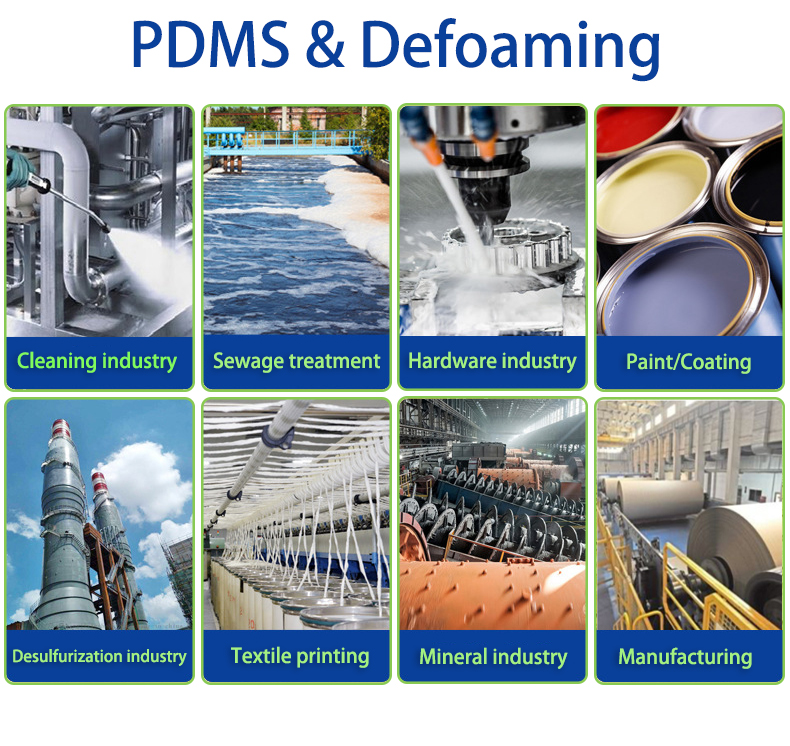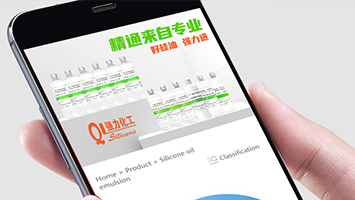Therefore, by using silane coupling agents, a "molecular bridge" can be built between the interface of inorganic substances and organic substances to connect two materials with widely different properties, thereby improving the performance of composite materials and increasing the bonding strength. . This characteristic of silane coupling agent was first used in glass fiber reinforced plastics (glass fiber reinforced plastics) as a surface treatment agent for glass fibers, which greatly improved the mechanical properties, electrical properties and anti-aging properties of glass fiber reinforced plastics. In the glass fiber reinforced plastics industry Its importance has long been recognized.
At present, the use of silane coupling agents has expanded from glass fiber reinforced plastics (FRP) to glass fiber surface treatment agents for glass fiber reinforced thermoplastics (FRTP), surface treatment agents for inorganic fillers and sealants, resin concrete, water Cross-linked polyethylene, resin packaging materials, shell shapes, tires, belts, coatings, adhesives, abrasive materials (grindstones) and other surface treatment agents.
Among the two groups of silane coupling agents with different properties, the Y group is the most important. It has a great influence on the performance of the product and plays a role in determining the performance of the coupling agent. Only when the Y group can react with the corresponding resin can the strength of the composite material be improved. Generally, the Y group is required to be compatible with the resin and capable of coupling reaction. Therefore, a silane coupling agent containing an appropriate Y group must be selected for a certain resin. When Y is a non-reactive alkyl group or aryl group, it has no effect on polar resins, but can be used in the bonding of non-polar resins, such as silicone rubber, polystyrene, etc. When Y contains reactive functional groups, attention should be paid to its reactivity and compatibility with the resin used. When Y contains amino groups, it is catalytic and can be used as a catalyst in the polymerization of phenolic, urea-formaldehyde, and melamine formaldehyde. It can also be used as a curing agent for epoxy and polyurethane resins. At this time, the coupling agent fully participates in the reaction to form new bonds. . Aminosilane coupling agents are universal and can couple with almost all kinds of resins, with the exception of polyester resins. The type of x group has no effect on the coupling Therefore, according to the type of reactive group in the Y group, silane coupling agents are also called vinyl silane, amino silane, epoxy silane, mercapto silane, methacryloxy silane, etc. These organic functional group silanes It is the most commonly used silane coupling agent.
The application of silane coupling agents can be roughly summarized into three aspects:
1. Used for surface treatment of glass fiber, it can improve the bonding performance of glass fiber and resin, greatly improve the strength, electrical, water resistance, weather resistance and other properties of glass fiber reinforced composite materials. Even in wet state, it has a negative impact on the mechanical properties of composite materials. The improvement in performance is also very significant.
At present, the use of silane coupling agents in glass fibers has become quite common. The silane coupling agents used in this aspect account for about 50% of the total consumption. Among them, the most commonly used varieties are vinyl silane, amino silane, Methacryloyloxysilane, etc.
2. Used for filling plastics with inorganic fillers. The filler can be surface treated in advance or added directly to the resin. It can improve the dispersion and adhesion of fillers in resin, improve process performance and improve the mechanical, electrical and weather resistance properties of filled plastics (including rubber).
3. Used as a tackifier for sealants, adhesives and coatings to improve their bonding strength, water resistance, weather resistance and other properties. Silane coupling agents can often solve the problem of long-standing inability to bond certain materials.
The working principle of silane coupling agent as a tackifier is that it has two groups; one group can be combined with the adhered skeleton material; while the other group can be combined with polymer materials or adhesives , thereby forming a stronger chemical bond at the bonding interface, greatly improving the bonding strength. There are generally three ways to apply silane coupling agents: one is as a surface treatment agent for skeleton materials; the other is added to adhesives; and the third is directly added to polymer materials. From the perspective of giving full play to its effectiveness and reducing costs, the first two methods are better.
The specific applications of silane coupling agents in the adhesive industry include the following aspects:
1). In the bonding of metals and non-metals in structural adhesives, if a silane tackifier is used, it can condense with the metal oxide or with another silanol, so that the silicon atoms are in tight contact with the surface of the adherend. For example, adding silane as a tackifier to nitrile phenolic structural adhesive can significantly improve the bonding strength.
2). In terms of bonding glass fibers, silane has been widely used as a treatment agent at home and abroad. It can react chemically with the interface to improve the bonding strength. For example, if chloroprene glue is not used as a treatment agent, the peel strength of the glue joint is 1.07 kg/cm2. If aminosilane is used as a treatment agent, the peel strength of the glue joint is 8.7 kg/cm2.
3). In terms of bonding rubber with other materials, silane tackifiers have special functions. It significantly improves the bonding strength of various rubbers and other materials. For example, when glass and polyurethane rubber are bonded, if silane is not used as a treatment agent, the peel strength of the glue is 0.224 kg/cm2. If silane is added, the peel strength is 7.26 kg/cm2.
4). Bonding problems that cannot be solved with ordinary adhesives can sometimes be solved with silane coupling agents. For example, aluminum and polyethylene, silicone rubber and metal, silicone rubber and organic glass, all can be solved satisfactorily by selecting the corresponding silane coupling agent based on the chemical bond theory. For example, vinyl triperoxide tert-butyl silane (Y-4310) can be used to bond polyethylene to aluminum foil; butadienyl triethoxysilane can be used to make the tear-off strength of silicone rubber and metal reach 21.6~ 22.4 kg/cm2.
The use of coupling agents with general adhesives or resins can not only improve the bonding strength, but more importantly, increase the water resistance and durability of the bonding force. For example, polyurethane and epoxy resin have high adhesion to many materials, but the durability and water resistance of the bond are not ideal; after adding a silane coupling agent, this performance can be significantly improved. .
Other applications of silane coupling agents include:
1). Attach the immobilized enzyme to the surface of the glass substrate;
2).Sand control during oil well drilling;
3). Make the masonry surface hydrophobic;
4). Through the anti-hygroscopic effect, the fluorescent lamp coating has a high surface resistance;
5). Improve the hygroscopic performance of the organic phase in the liquid chromatography column on the glass surface.
An important newly developed application of silane coupling agents is in the production of water-crosslinked polyethylene. This process was developed by Dow Corning in the United States and is currently commercialized. In recent years, in domestic experiments on using silicone emulsion to treat wool fabrics, it was found that the use of silane coupling agents and silicone emulsions can improve the wearing properties of wool fabrics.




